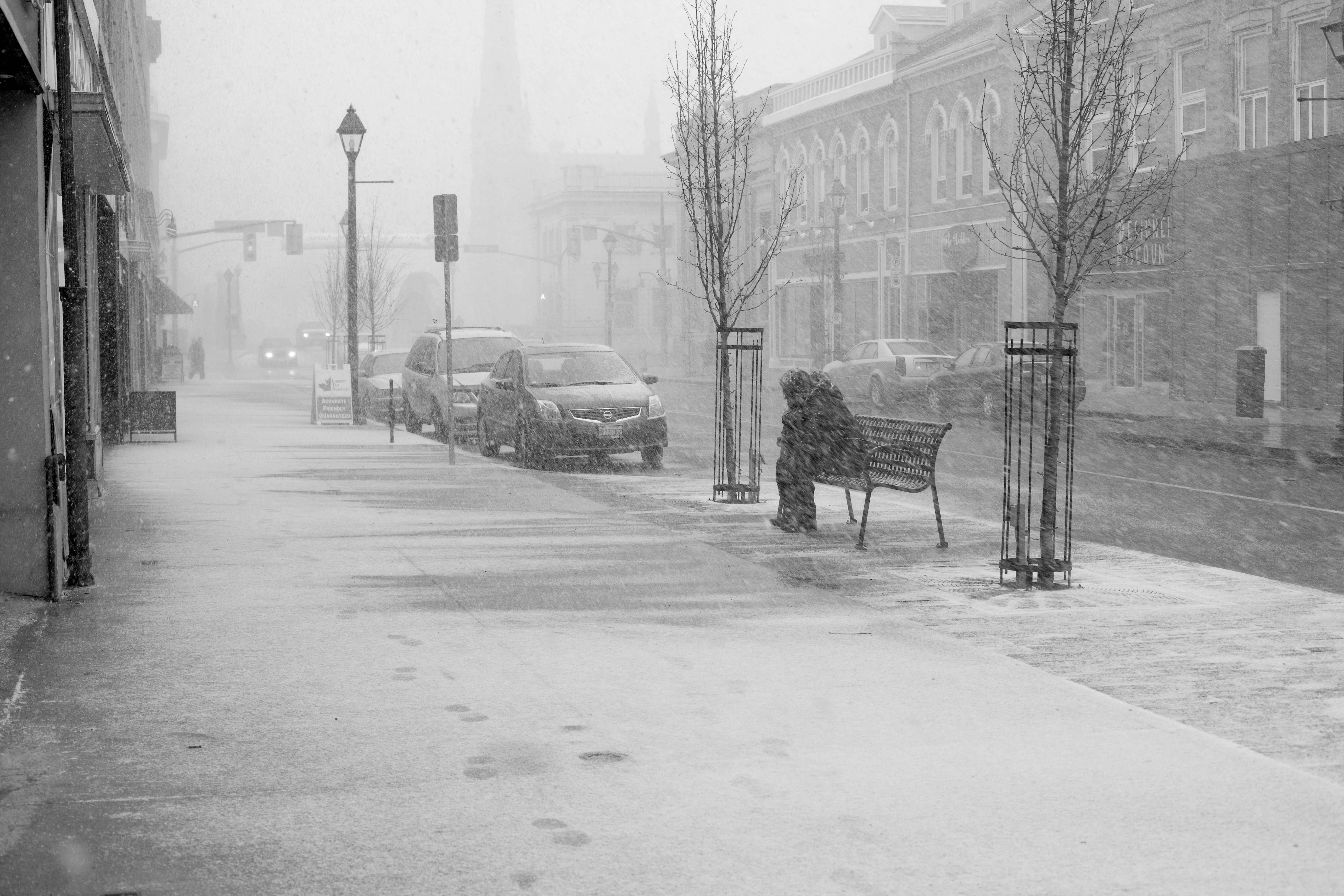Homeless shelter demand rises in Waterloo Region


As the warmth of summer starts to fade and autumn quickly approaches, we begin to turn on our heaters and gear up in hats and mittens. For most people, this is something taken for granted; for the homeless, it’s a daily struggle.
Over the last couple years, the demand for emergency shelter and food has risen along with the prevalence of homelessness in the Kitchener-Waterloo area. On Friday, Sept. 6, a report was released by the Region of Waterloo detailing the increase in recorded accounts of homelessness since 2008.
In particular, the report found a large increase in homelessness with regard to families and youth.
“The number of people accessing emergency shelters has remained fairly steady over a ten year period until 2011, when significant increases began and have continued,” explained Marie Morrison, manager of social planning for the Region of Waterloo.
Kendra Foord, manager of services at Reaching Our Outdoor Friends (ROOF), a local organization that provides services for homeless youth, believes that increased access to emergency shelters is linked to social and economic trends.
“If you look at the ongoing social and economic trends of boomerang generations, many recent college and university graduates are unable to find the sufficient employment or affordable housing that they need in order to live independently. Many new grads have to move back home with their parents,” she said.
“Some youth do not have these opportunities or are not as fortunate to be able to move back in with their parents, who could be facing poverty or strained relationships. This results in an increase of homelessness amongst youths,” Foord added.
The homelessness report exhibits that there is an increase of young women seeking shelter by 18 per cent from the years 2006 to 2012.
Foord went on to explain, “Females do not have a supportive housing program for them in the region of Waterloo unless they are pregnant or parenting. There are shelters for regular males, but not for females, and as a result, females are put more at risk.”
Ron Flaming, residential services program director of the House of Friendship, which offers an emergency shelter for men, among other community services, found that the results of the report aligned with his experience.
He commented, “We are usually full and using over-flow beds.”
However, this was not always the case.
Up until about eight-to-ten years ago, Flaming found there was a decrease in stay-overs during the month of December.
“We attributed the lower amount of stay-overs in December to Christmas time. If people can see family once year, they are going to at Christmas,” he said.
This is not the situation anymore, however, and there is consistently a high demand for shelter services.
According to the Region of Waterloo emergency shelter data report, the increase in homelessness is linked to the financial crisis from a few years back.
Morrison explained, “ The increases are largely believed to be economic. Research shows that communities will experience increased rates of homelessness two-to-three years after a recession, due to job loss, lack of jobs, changing job markets and exhausting other options or resources, such as employment insurance, family and friends. This fits with the current situation in Waterloo Region as the recession began in late 2008 and increases in emergency shelter began to be seen locally in 2011.”
According to Morrison, the Region intends to work with all levels of government to find solutions. It will also continue to implement its existing Homelessness to Housing Stability Strategy and its Affordable Housing Strategy to help alleviate needs.
The region also plans to work toward the goal of ending persistent homelessness for 500 people by the end of the year

